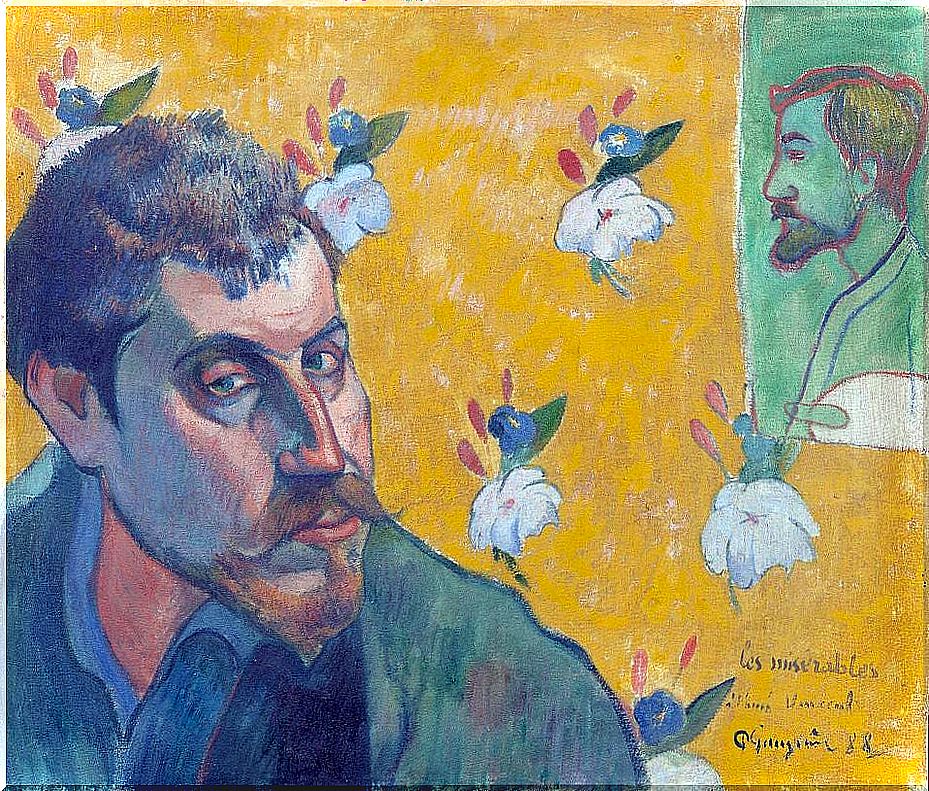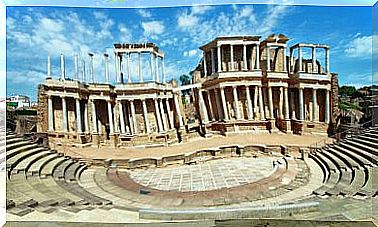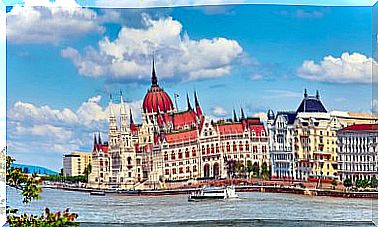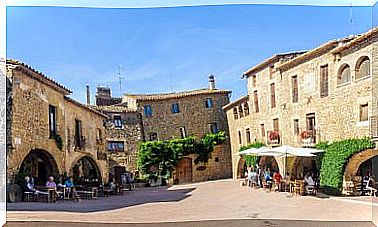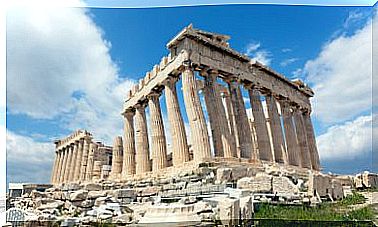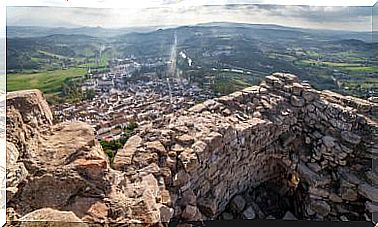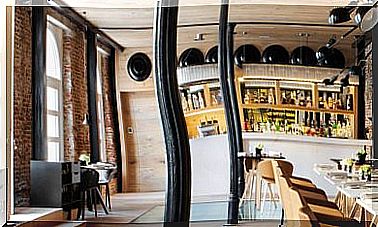Pierre-Auguste Renoir, The Subtlest Impressionism
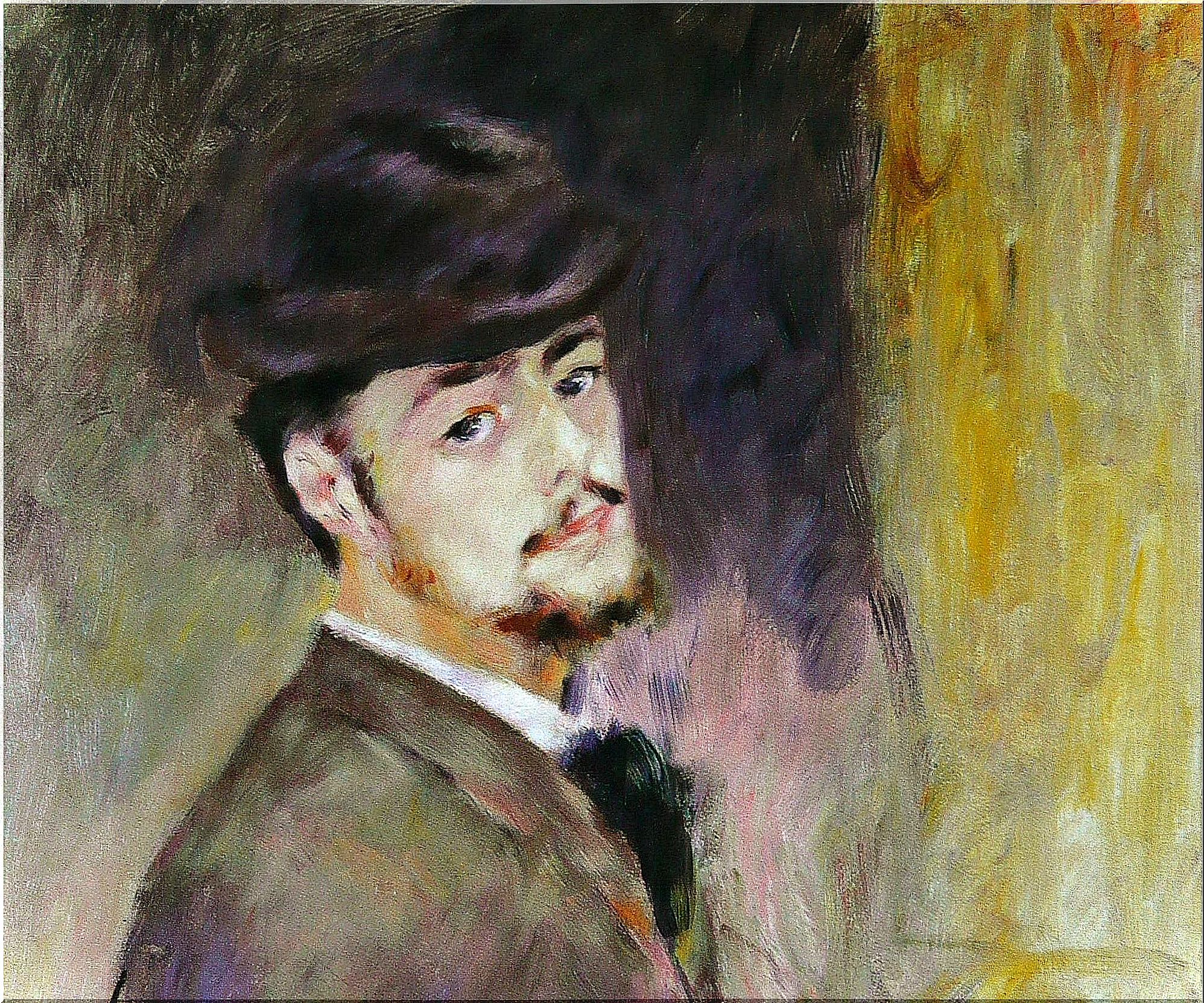
Pierre-Auguste Renoir was a French painter and one of the greatest figures of Impressionism, although with time he would end up moving away from this movement to start his own. If you want to know more about the life of the artist, as well as where to see his most outstanding works, do not hesitate to continue reading.
Short biography of Pierre-Auguste Renoir
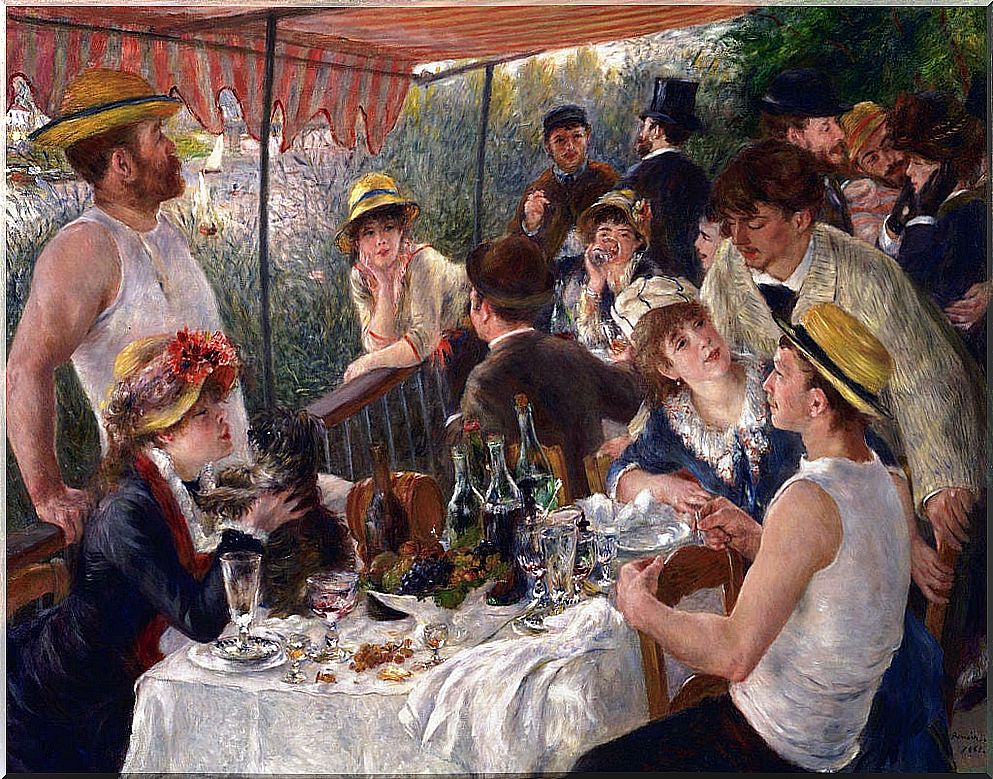
Pierre-Auguste Renoir was born in Limoges in 1841, although in 1944 he moved with his family to Paris. It would be there that, years later, he would learn the art of porcelain painting in the Lèvy brothers’ workshop. By then, his talent was already more than remarkable.
In 1862 Renoir entered the School of Fine Arts and began to frequent the Charles Gleyre workshop. There he forged his friendship with various impressionist artists such as Claude Monet, Frédéric Bazille, and Alfred Sisley. However, in 1863 they were all forced to leave the site due to its closure.
Renoir painter
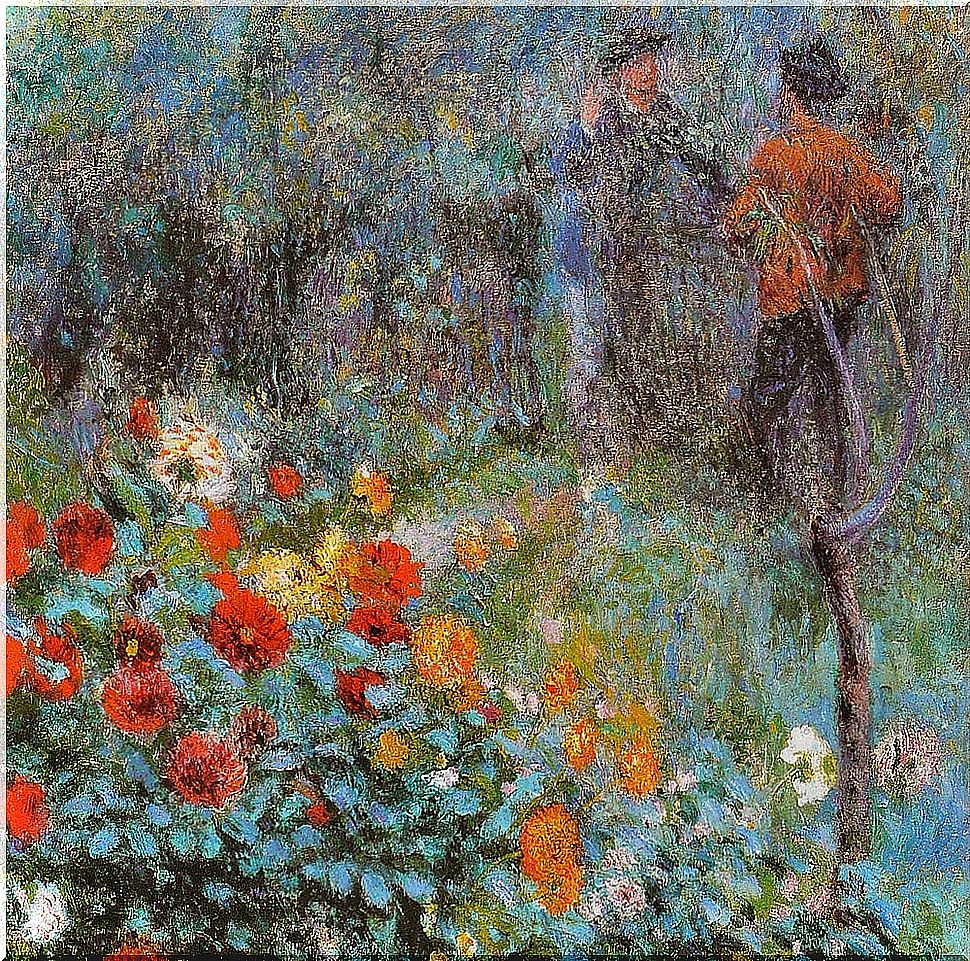
In 1864, the Salon exhibited for the first time a work by Renoir: The Emerald, which the artist ended up destroying. After the Franco-Prussian war and after spending a season with Monet in Argenteuil, the painter returned to exhibit, although this time at the First Impressionist Exhibition of 1874, which would be followed by many others.
At that time, Renoir decided to move to Montmartre, where he lived until 1884 and where he found inspiration for the creation of numerous paintings, such as The Garden of Rue Cortot in Montmartre or Dance at the Moulin de la Galette . Looking for new fields that would influence him artistically, he dedicated himself to traveling through France and other European cities.
With the entrance of the 20th century, Renoir could boast of being a famous and recognized artist. However, his health suffered little by little, so he was forced to move to Cagnes-Sur-Mer, whose house has now been converted into a museum. Finally, the artist died of pneumonia in 1919.
Works by Pierre-Auguste Renoir in Spain

The only works of the painter that can be admired in Spain are in the Museo Nacional Thyssen-Bornemisza. One of them is Campo de Trigo , which represents a wheat field in the surroundings of Wargemont (Normandy) and is painted with very diluted colors and brushstrokes that seek to catch the nuances of light.
The other is Woman with a Parasol in a Garden, a work for which the French painter was inspired by the garden of his studio in Montmartre and for which he adopted a fully impressionist language. Likewise, the oil shows a woman protecting herself from the sun and at her side, a crouching man picking up, perhaps, a flower.
Other notable works by Renoir and where to find them
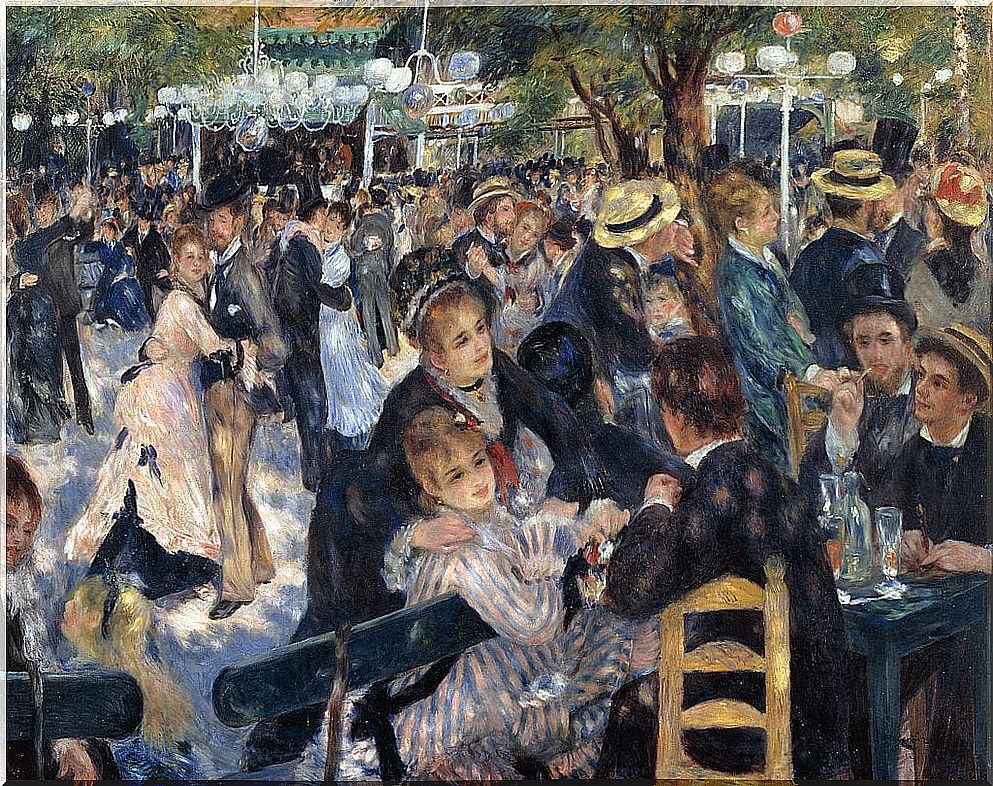
Much of Renoir’s work is preserved in the Musée d’Orsay in Paris, such as Dance at the Moulin de la Galette . This oil painting is one of the most famous of the French painter and shows a group of people who enjoy dancing or talking in the most famous place in Montmartre.
Equally recommended is El columpio, a painting created in parallel with the previous one in which four people appear in a park. Both share not only the fact that they were created during the summer of 1876, but also the carefree atmosphere they convey.
More works at the Musée d’Orsay
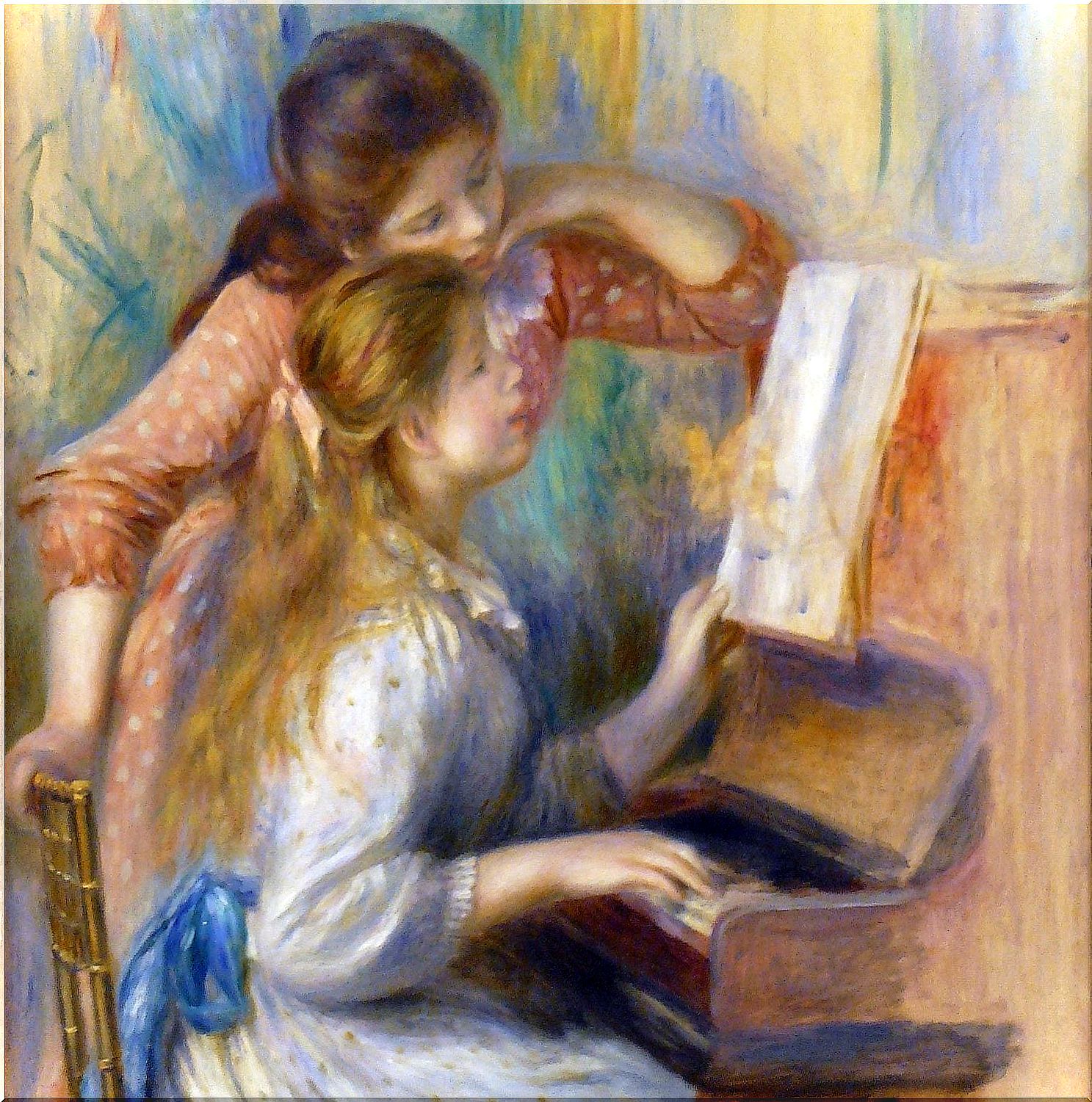
Other notable works by Renoir at the Musée d’Orsay are Girls at the Piano , Big Nude (Nude on Cushions) , Gabrielle with a Rose , The Bathers , Torso, Sun Effect, and Half-naked Woman Lying Down: The Rose .
Other works by Renoir in France

France also exhibits The Reading of Paper (Reims Museum of Fine Arts), in which two people listen attentively to a third reading a manuscript. We also find Jeanne Samary (Comédie-Française, Paris), a portrait of the actress who gives the painting its name and who served as a model for Renoir on several occasions.
Renoir outside of France
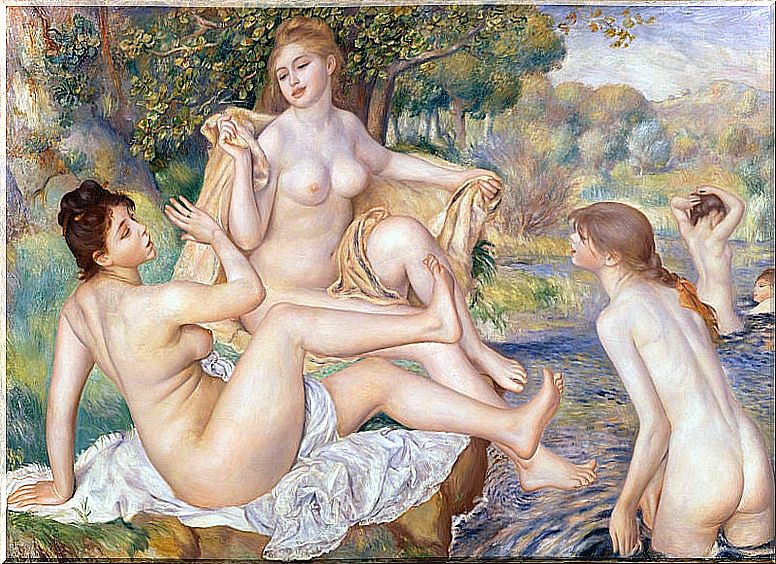
Leaving the Gallic country we find The Sisley couple (Wallraf-Richartz Museum, Essen), La Grenouillère (Stockholm National Museum), The box , (Courtland Institute Gallery, London), Jeanne Samary standing (Hermitage Museum, Saint Petersburg ), The Big Bathers (Philadelphia Museum of Art), etc.
